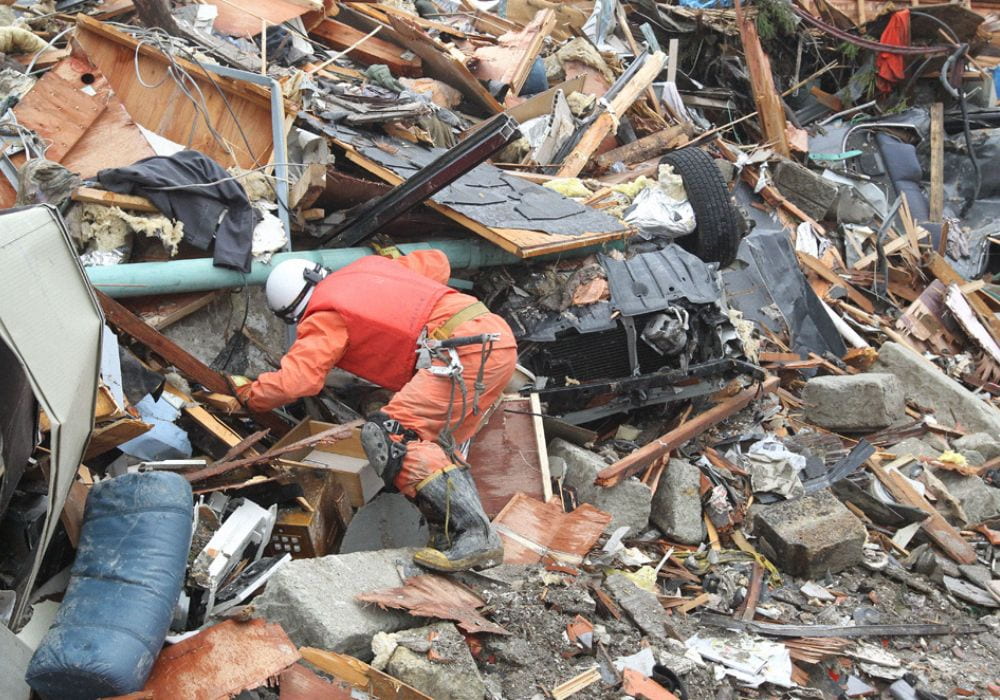
Known as the Great East Japan Earthquake, a magnitude 9.0 – 9.1 earthquake off the coast of Honshu, Japan produced a deadly tsunami on March 11, 2011. The earthquake is currently the strongest in Japan’s recorded history. Not only was the event destructive but many mitigation strategies implemented by the Japanese Government prior to the disaster failed when the tsunami made landfall.
Himani Chhetri details the limitations of structural and non-structural mitigation strategies as well as cases where the introduced plans worked well. Chhetri defines major lessons learned from the 2011 disaster such as a need for a holistic approach to tsunami preparedness, increased investment in prevention, and improved collaboration with relevant stakeholders.
